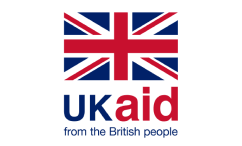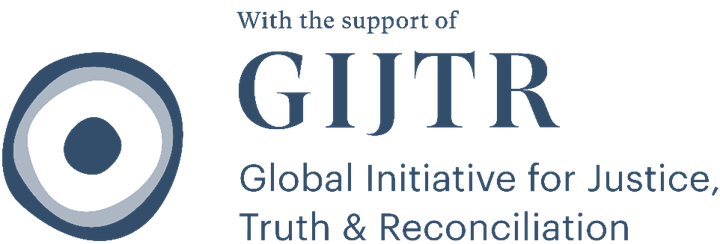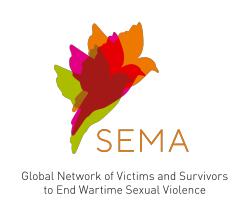Regional Human Rights Systems
Introduction
Regional human rights institutions play an important role in the promotion, advocacy, and protection of human rights in their respective geographical areas. Their existence contributes to strengthening the guarantee and enjoyment of human rights while underlining local considerations, such as shared regional culture, values, customs, and practices.
There are currently three consolidated regional systems for the protection of human rights in Europe, the Americas, and Africa. All were established under the auspices of a multilateral organisation composed of States Parties from those respective continents, namely the Council of Europe, the Organization of American States and the African Union.
Depending on the number of ratifications, regional systems may have jurisdiction over violations of one or more treaties, or conventions. The main treaties in the regional systems are the Convention for the Protection of Human Rights and Fundamental Freedoms (European Convention on Human Rights) adopted in 1950, the American Convention on Human Rights (American Convention) adopted in 1969, and the African Charter on Human and People’s Rights (African Charter) adopted in 1981.
The three regional systems also include specific treaties through which Member States may undertake a set of obligations regarding violence against women, namely the Council of Europe Convention on Preventing and Combating Violence Against Women and Domestic Violence (Istanbul Convention), the Inter-American Convention on the Prevention, Punishment and Eradication of Violence against Women (Convention of Belém Do Pará) and the Protocol to the African Charter on Human and Peoples’ Rights on the Rights of Women in Africa (Maputo Protocol).
For the most part, regional human rights institutions are deferential to States’ domestic jurisdiction: States have the primary responsibility to investigate, prosecute, and provide redress for human rights abuses. The functions of such institutions are limited to addressing treaty violations committed by States Parties as subjects of international law.
Each system comprises a non-judicial mechanism for monitoring the compliance of Member States with the relevant instruments, and a judicial body with the power to interpret the law, provide comprehensive reparations to victims and compel State Parties to comply with their findings and recommendations in a binding manner. The judicial and non-judicial mechanisms have complementary mandates.

 EN
EN FR
FR ES
ES UK
UK



